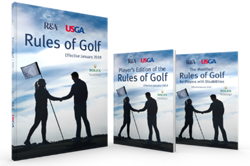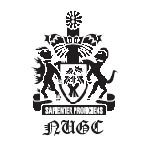December 2022
List of Rules of the Month from January 2020 – December 2022
January 2020 Introduction to new Rules Effective from 1st January 2019 and Areas of Course
February 2020 Bunkers full of Temporary Water
March 2020 Unplayable Ball Options in General Area
April 2020 Unplayable Ball Options in Bunkers
May 2020 Dropping Procedure from knee height
June 2020 Relief Options from Yellow and Red Penalty Areas
July 2020 Identifying the Ball
August 2020 Ball at Rest Lifted or Moved
September 2020 Loose Impediments and Movable Obstructions
October 2020 Relief from Abnormal Course Conditions including Immovable Obstructions
November 2020 Putting Green
December 2020 Prohibited and Allowed Actions in Bunkers
January 2021 Prohibited and Allowed Actions in Penalty Areas
February 2021 Embedded Ball
March 2021 Wrong Putting Green
April 2021 Provisional Ball
May 2021 Flagstick
June 2021 Ball in Motion Accidentally Hits Person or Outside Influence and is Deflected or Stopped
July 2021 Relief from Fixed Sprinkler Heads near Putting Green
August 2021 Foursomes
September 2021 Teeing Area
October 2021 Wrong Ball
November 2021 Differences between Match Play and Stroke Play
December 2021 Stroke & Distance
January 2022 Some Equipment Rules
February 2022 Ball overhanging hole
March 2022 Relief from Dangerous Animal Conditions for Player Protection
April 2022 Unreasonable Delay; Prompt Pace of play
May 2022 Advice
June 2022 Measuring Club Lengths and Club to be used in Measuring
July 2022 Four Ball Stroke Play – Wrong Score for Hole
August 2022 You Cannot Declare Your Ball Lost
September 2022 Asking for a Ruling from a Referee or Committee if in dispute on the Course
October 2022 Greensome Foursomes
November 2022 Starting Play and Time of Starting
December 2022 List of Rules of Month January 2020 – December 2022

 The Player must start at (and not before) his or her starting time.
The Player must start at (and not before) his or her starting time.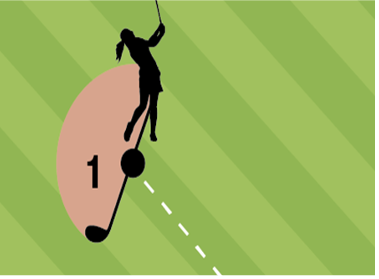 However, if both balls were unplayable, you chose one person’s ball and the other player takes an appropriate drop for a penalty of one and plays the next shot.
However, if both balls were unplayable, you chose one person’s ball and the other player takes an appropriate drop for a penalty of one and plays the next shot. Players must not unreasonably delay play when seeking help with the Rules during a round. If a referee or the Committee is not available in a reasonable time to help, the players must decide what to do and play on. The player may protect his or her rights by asking for a ruling in match play or by playing two balls in stroke play.
Players must not unreasonably delay play when seeking help with the Rules during a round. If a referee or the Committee is not available in a reasonable time to help, the players must decide what to do and play on. The player may protect his or her rights by asking for a ruling in match play or by playing two balls in stroke play.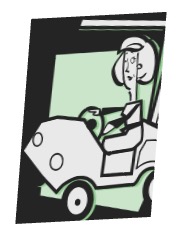 Players should protect other players in the Competition and tell other players if they consider they have breached a rule.
Players should protect other players in the Competition and tell other players if they consider they have breached a rule.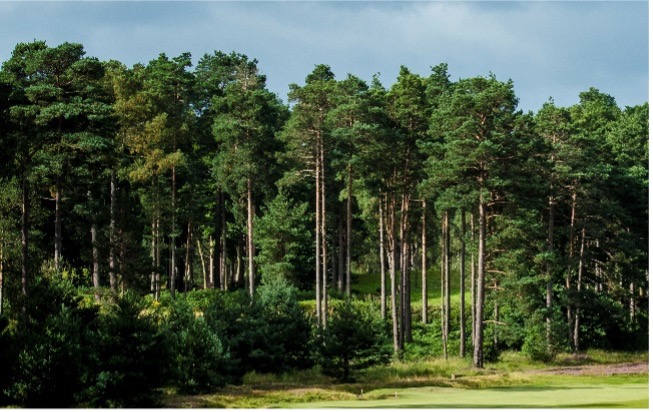 Contrary to what some golfers believe, the Rules of Golf never allow you to simply declare your ball to be lost if you hit your ball into a bad spot, even if you decide you don’t want to look for it, your opponent or playing companions may still do so, and if they find it, or think they have found it, you can’t just ignore it and must take steps to identify it.
Contrary to what some golfers believe, the Rules of Golf never allow you to simply declare your ball to be lost if you hit your ball into a bad spot, even if you decide you don’t want to look for it, your opponent or playing companions may still do so, and if they find it, or think they have found it, you can’t just ignore it and must take steps to identify it. See also for confirmation Rule 23.8b Disqualification Penalties
See also for confirmation Rule 23.8b Disqualification Penalties With a free drop it is recommended that you use the club with which you would have expected to play the next shot, to find the Nearest Point of Complete Relief, if the Abnormal Course Condition / Immovable Obstruction had not been there, and then use your longest club, excluding your putter, to measure the club length.
With a free drop it is recommended that you use the club with which you would have expected to play the next shot, to find the Nearest Point of Complete Relief, if the Abnormal Course Condition / Immovable Obstruction had not been there, and then use your longest club, excluding your putter, to measure the club length. Advice is: Any verbal comment or action (such as showing what club was just used to make a stroke) that is intended to influence you or another player in choosing a club, making a stroke, or deciding how to play during a hole or round. BUT Advice does NOT include public information, such as the location of things on the course, the distance from one point to another, or the Rules.
Advice is: Any verbal comment or action (such as showing what club was just used to make a stroke) that is intended to influence you or another player in choosing a club, making a stroke, or deciding how to play during a hole or round. BUT Advice does NOT include public information, such as the location of things on the course, the distance from one point to another, or the Rules.